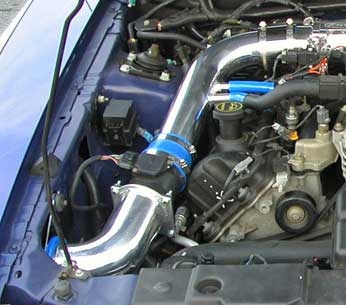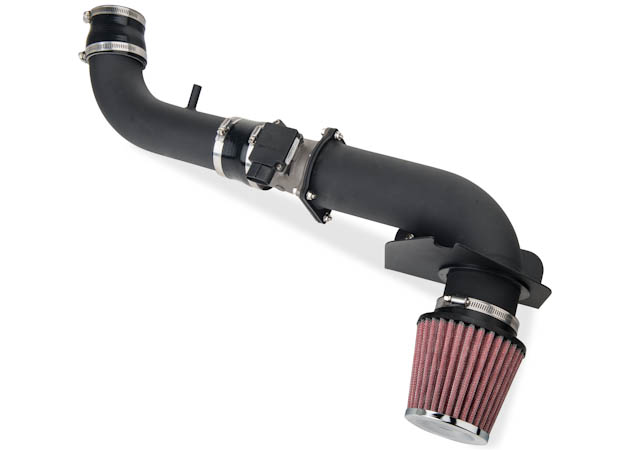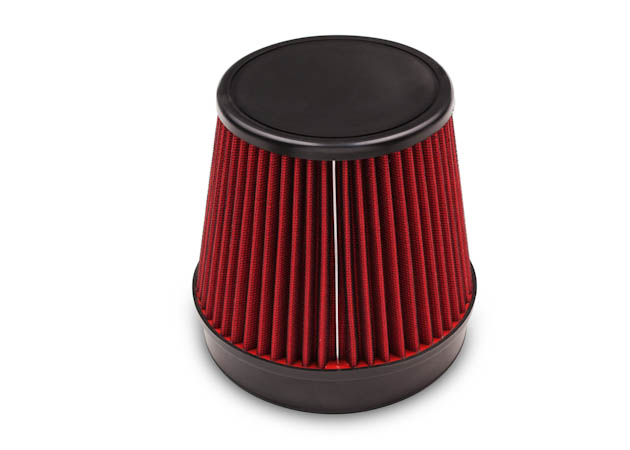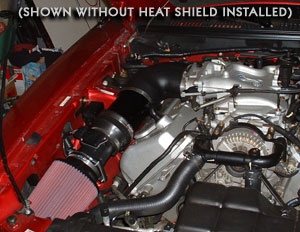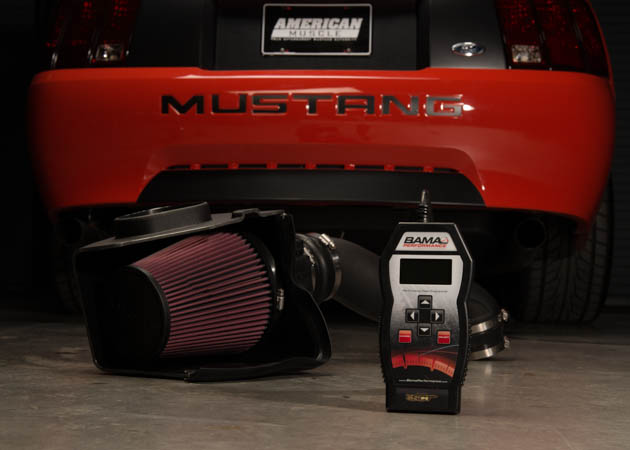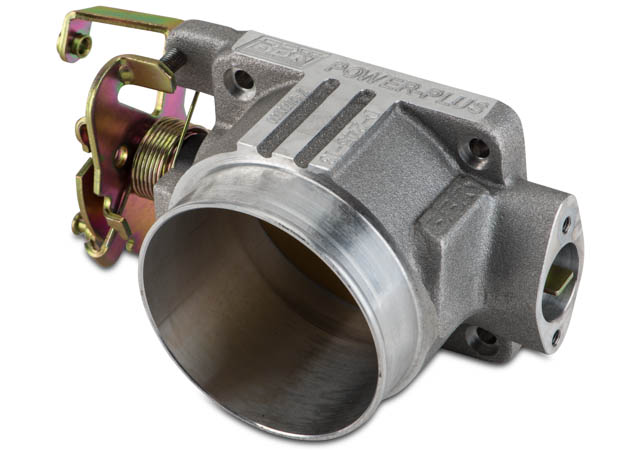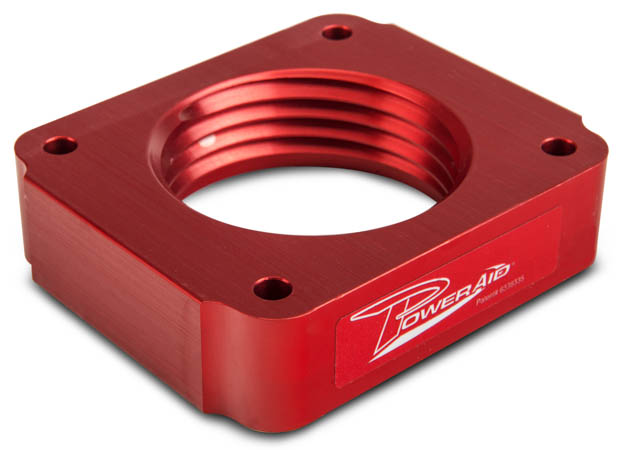C.A.R.B. stands for California Air Resources Board, and this is the board of governance who decides what modifications are legal and are not legal for use on vehicles in a state that enforces C.A.R.B. compliance. These regulations only apply to parts that could potentially alter the emissions output of the vehicle. These parts include anything on the intake such as cold air intakes, throttle bodies, throttle body spacers, EGR spacers, intake manifolds, and forced induction. C.A.R.B. is a part of the California EPA (Environmental Protection Agency) which is tasked with enforcing air quality regulations in California.
These regulations also apply to anything modifying the exhaust manifolds (putting short or long tube headers on), or the mid-pipe (putting an H or X-pipe on, or modifying or removing the factory catalytic converters in any way, shape, or form). These regulations do not apply to any other parts such as styling or suspension; only to parts in the powertrain that could affect emissions output.
To see if a part is C.A.R.B. compliant, look for the C.A.R.B. EO number on the products page of the part you're interested in (i.e. CARB EO Number: D-269-28). If a part is C.A.R.B. compliant, it will also come with a sticker with its C.A.R.B. EO number. This sticker is of vital importance. You'll have to keep this stick either in the car, or stuck to the part that it pertains to in order to prove its legality.
EO stands for executive order. A C.A.R.B. EO number means it has been tested and approved by C.A.R.B. which allows for the approved part to be installed on a vehicle and still remain complaint to the state's regulations. Parts with a C.A.R.B. EO number are allowed to be legally installed and pass testing while intakes without C.A.R.B. EO numbers are not legal in the state of California.
If a part does not have a C.A.R.B. EO number, assume it's not legal for use in states that enforce C.A.R.B. compliance. When a part is not C.A.R.B. legal, not only will it not pass C.A.R.B. states' smog testing, if you get pulled over, the police can fine you and even go as far as to impound your Mustang indefinitely for using illegal parts on public roadways. Aftermarket parts without an EO# cannot be shipped to the state of California unless they are for an off-road application only.


